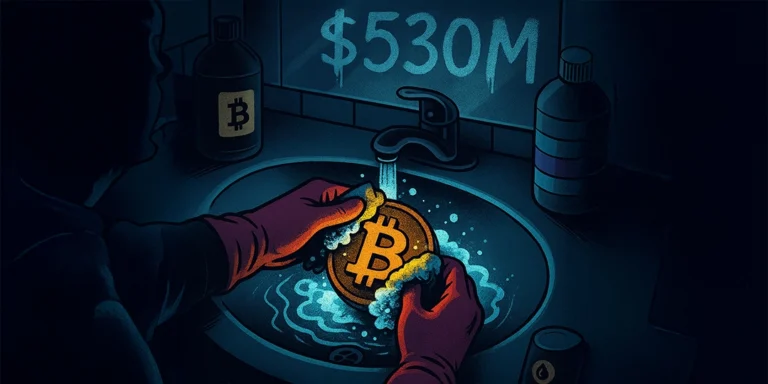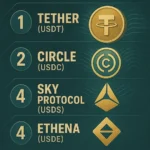The U.S. Department of Justice allegedly unsealed a 22-count indictment against the entrepreneur Iurii Gugnin. Prosecutors say the 38-year-old founder of Evita Investments and Evita Pay allegedly routed about $530 million in Tether through banks between June 2023 and January 2025, disguising the trail behind layers of crypto laundering.
Investigators claim Gugnin’s client list included sanctioned lenders Sberbank, VTB, Sovcombank, and Tinkoff. Using OTC desks, forged compliance files, and shell LLCs, he allegedly flipped stablecoins into dollars, euros, and yacht bills. Court papers add that the scheme bought U.S. semiconductors for Rosatom’s nuclear program, breaching export controls. Crypto laundering, once whispered in darknet forums, is now a boardroom concern.
Is the threat limited to one rogue trader? Hardly. The indictment proves that blockchain breadcrumbs never vanish. The FBI says Evita filed zero suspicious activity reports, ignored basic KYC and lied on Florida money-transmitter paperwork. When banks discover they’ve serviced crypto laundering, they tighten fiat ramps, raise fees, and blacklist regions, forcing honest traders to absorb the collateral damage.
Yet the cat-and-mouse contest endures. Stablecoins sprint at internet speed, and mixers can split, pool, and re-wrap value within minutes. Lawmakers fear unchecked crypto laundering could undercut the sanctions strategy. Capitol Hill has slated late-summer hearings on making real-time chain analytics mandatory for every U.S. exchange, another sign regulators see crypto laundering as a rising systemic risk.
Chain-analysis firms scan on-chain data points daily, giving investigators ledger-level x-ray vision. As those datasets swell, compliance teams across exchanges are scrambling to upgrade monitoring stacks or risk becoming the next cautionary headline.
So what can market participants do? First, vet counterparties as thoroughly as tokens. Second, watch for exchanges adding biometric KYC or tighter withdrawal limits. Third, embrace on-chain identity layers taking root across DeFi—today’s friction may be tomorrow’s passport to compliant liquidity. Crypto laundering will still evolve, but so will the tools that expose it.
The coming trial will test whether jurors grasp blockchain flows as readily as wire transfers and whether crypto laundering finally meets its match in a U.S. courtroom.
















